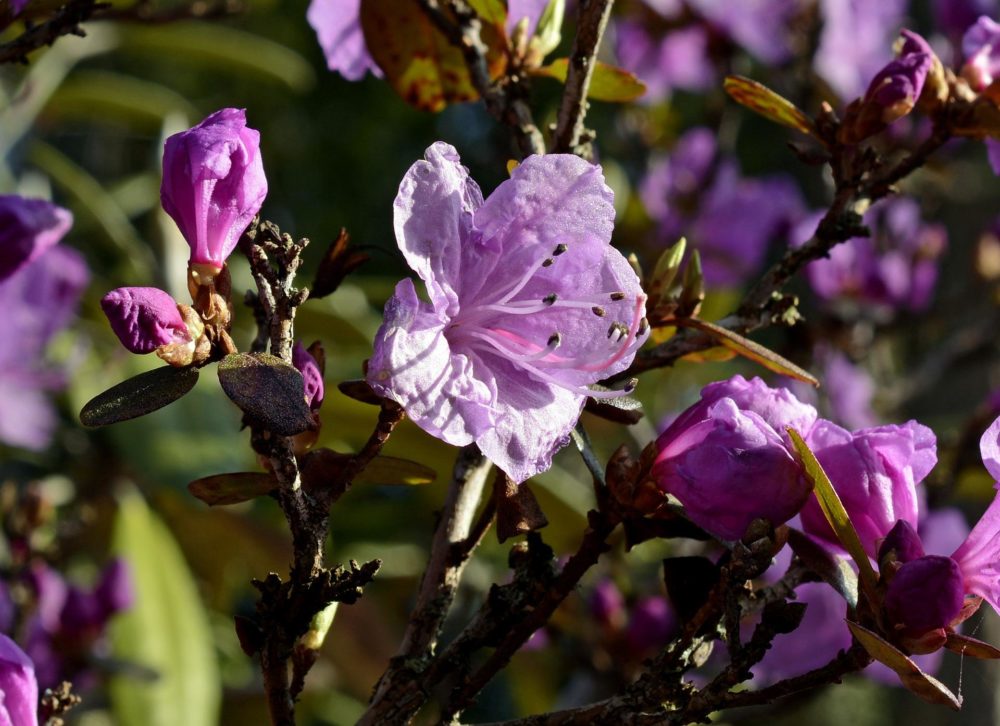According to the new research, flowers are listening. The researchers have found out that plants can actually hear the buzz of passing bees and produce sweeter nectar in response to entice the flying insects in. The team discovered that within minutes of sensing the sound waves of nearby bee wings through flower petals, the concentration of the sugar in the plant’s nectar was increased by an average of 20 per cent.
Also, flowers can remove the wind noise coming from the background. These capabilities can give plant immense advantages for their spreading pollen. The researchers from Tel-Aviv University in Israel write ” “Our results document for the first time that plants can rapidly respond to pollinator sounds in an ecologically relevant way,”
Before teh experiments, teh scientist makes the hypothesis in place that plants can indeed pick up the vibrations of sound waves, and that this might be part of the reason many plants’ flowers are bowl-shaped, to better trap the sounds, however, after performing various experiments on 650 evening primrose flowers, the nector production was measured both in silence and at three different frequency levels. Also, a recording of the buzzing noise made by bees.
Later, in just three minutes, the nector changes have been noticed and it has been released that silence and the high and mid-frequency sounds had no effect. The team has also performed an experiment with plants that had some flower petals removed and no change in nectar production was noted. Hence, it is proved that the flowers that have the job of the ears.
According to Lilach Hadany, told Ed Yong at The Atlantic, “Plants have plenty of interactions with animals, and animals both make and hear noises,” one of the team” “It would be maladaptive for plants do not use sound for communication. We tried to make clear predictions to test that and were quite surprised when it worked out.”
The more sweer nector comes out, more will be the chances for pollen and also makes it more likely that the insects will return to flowers of the same species in the future, however, more work needs to be carried out on how the vibrations are being decoded and turned into a trigger for sweeter nectar production but it is a successful first step towards the plant behaviour.
The research has been published on the pre-print server bioRxiv.

























